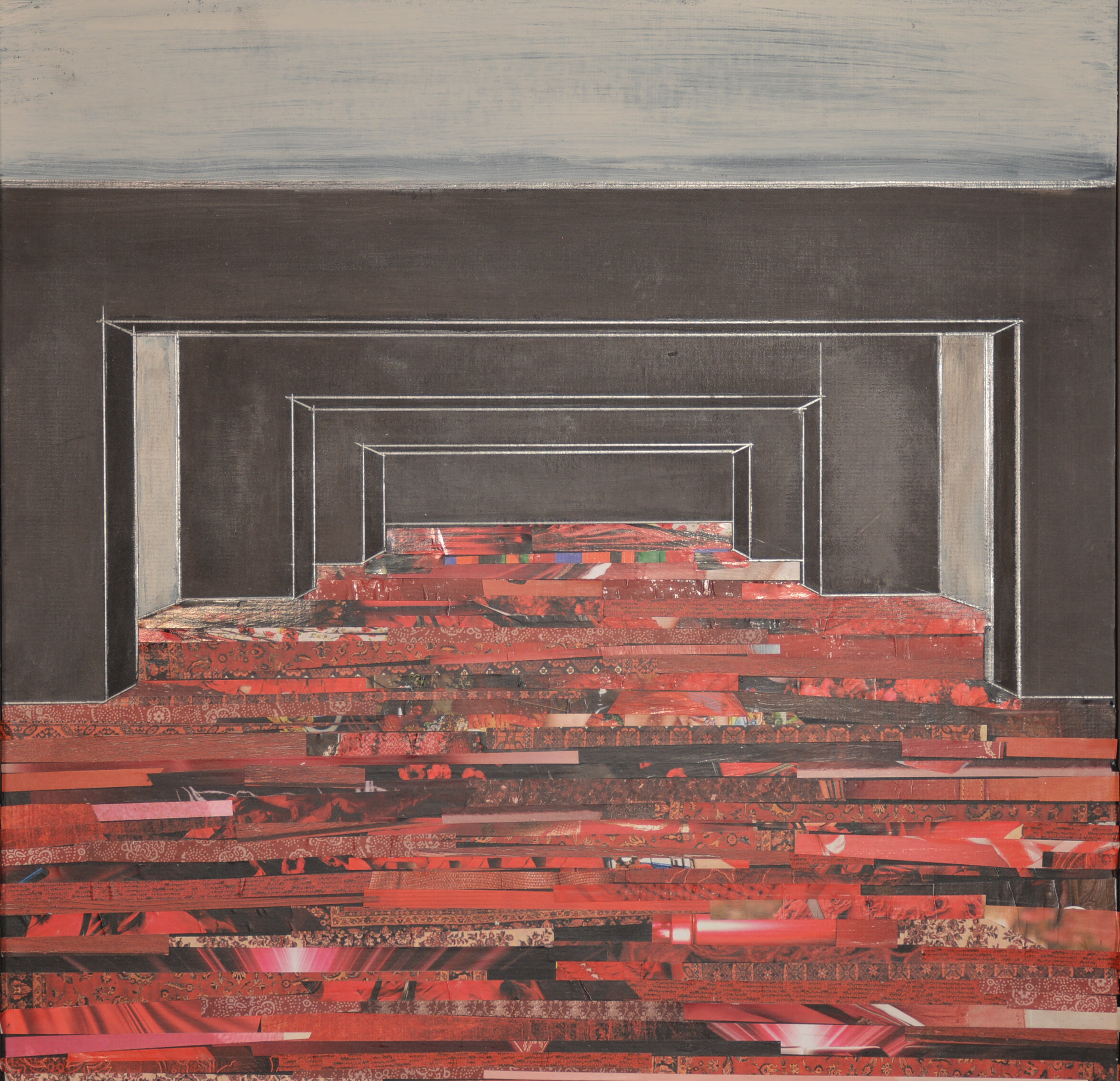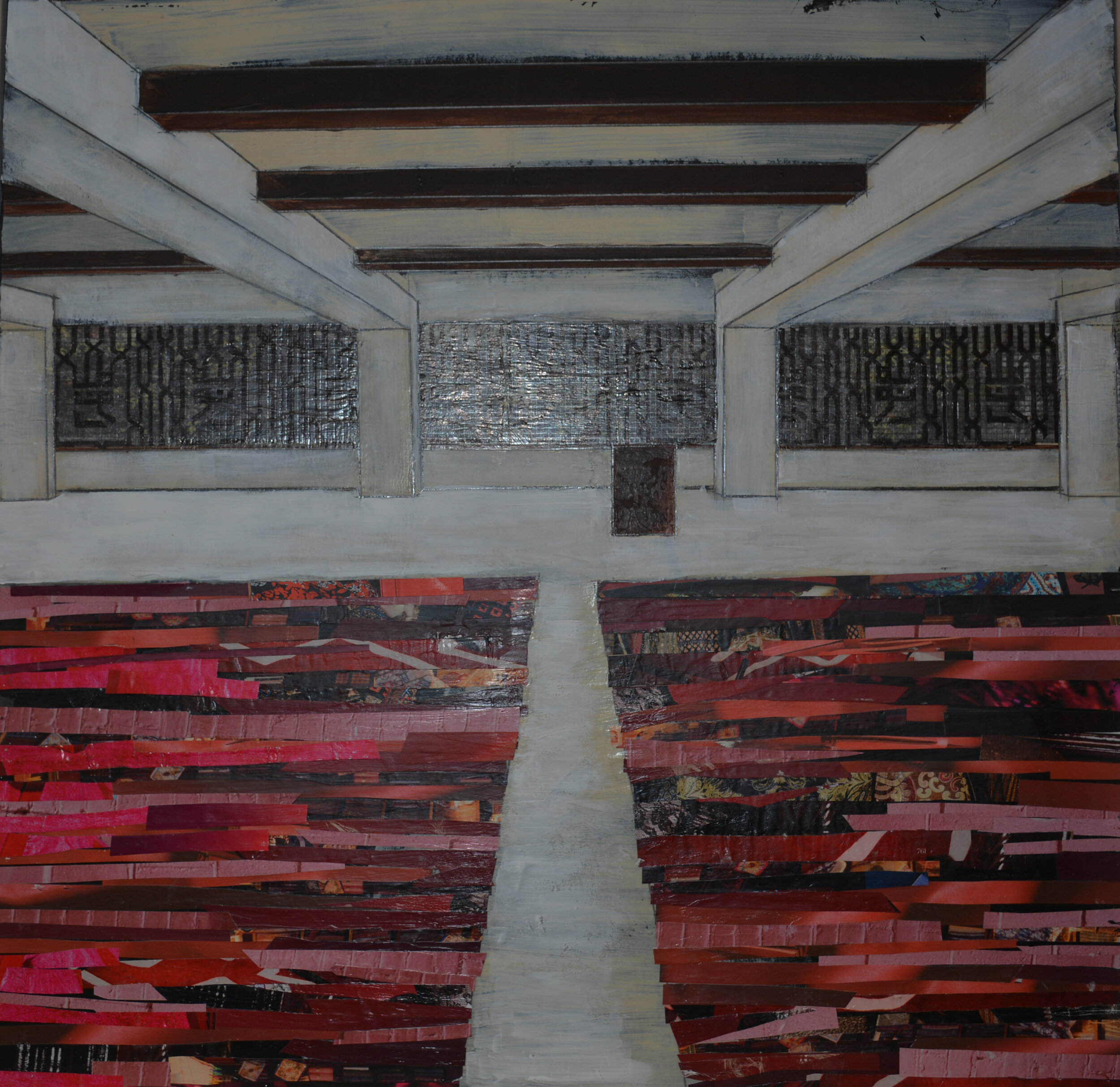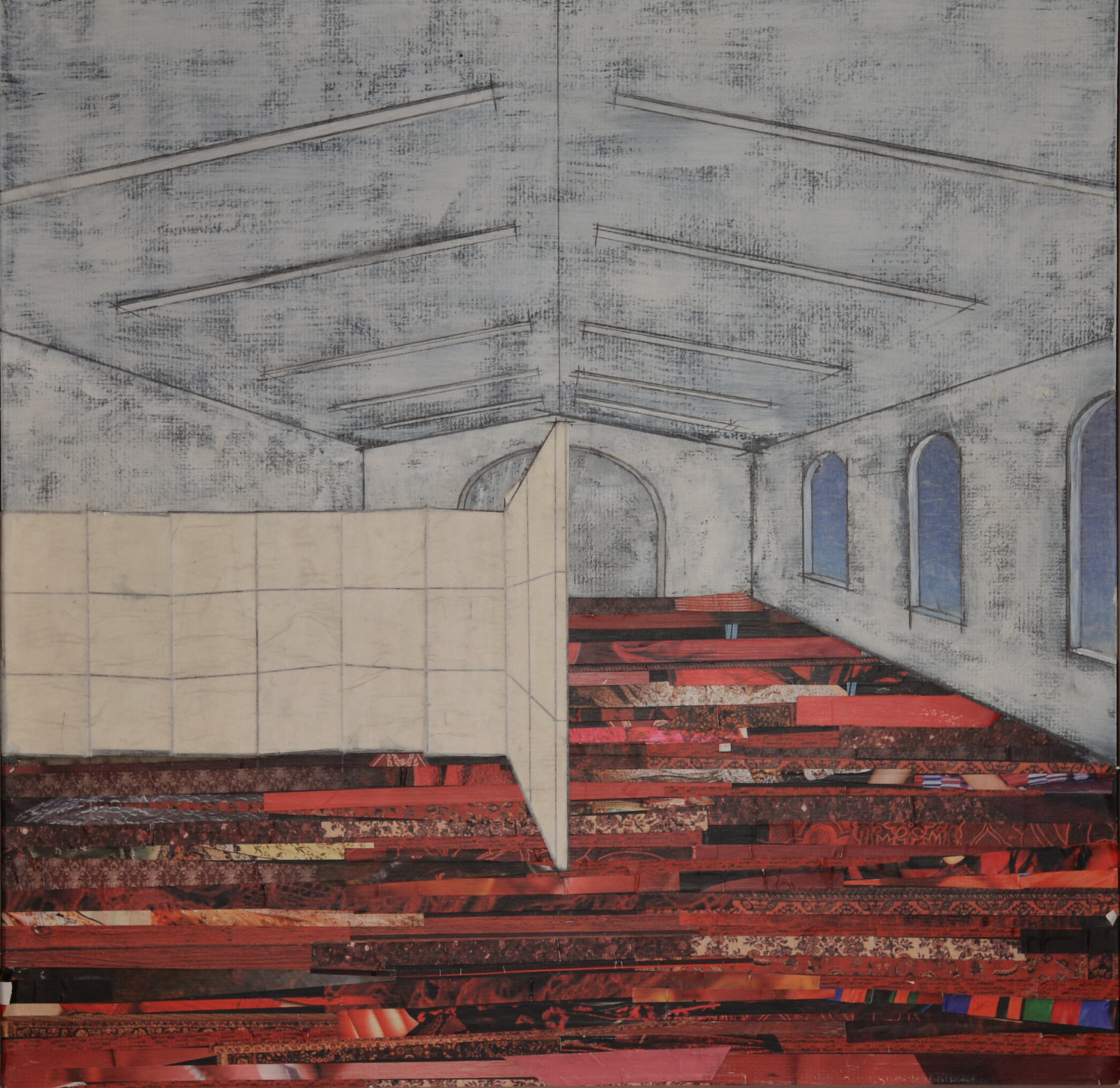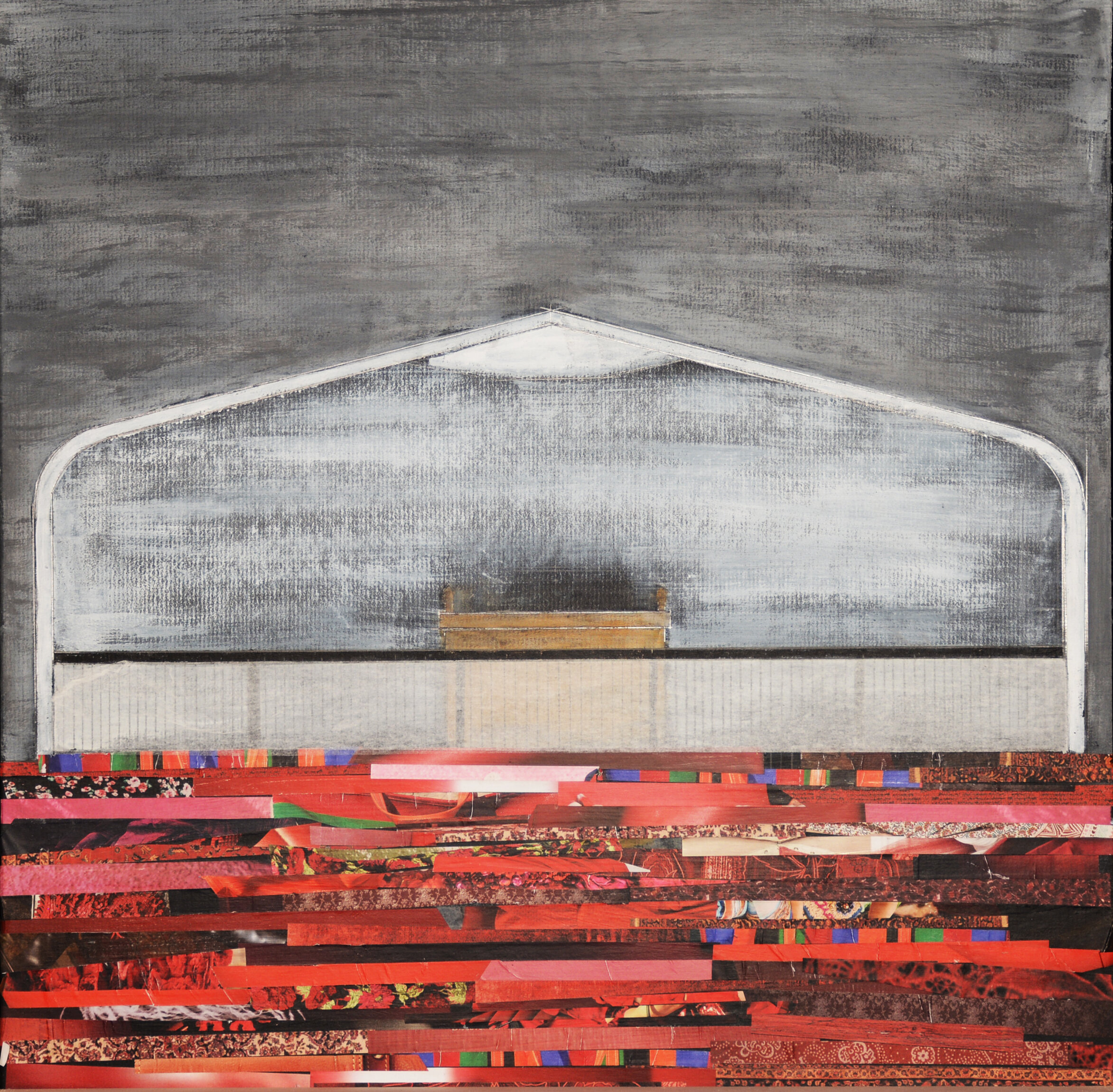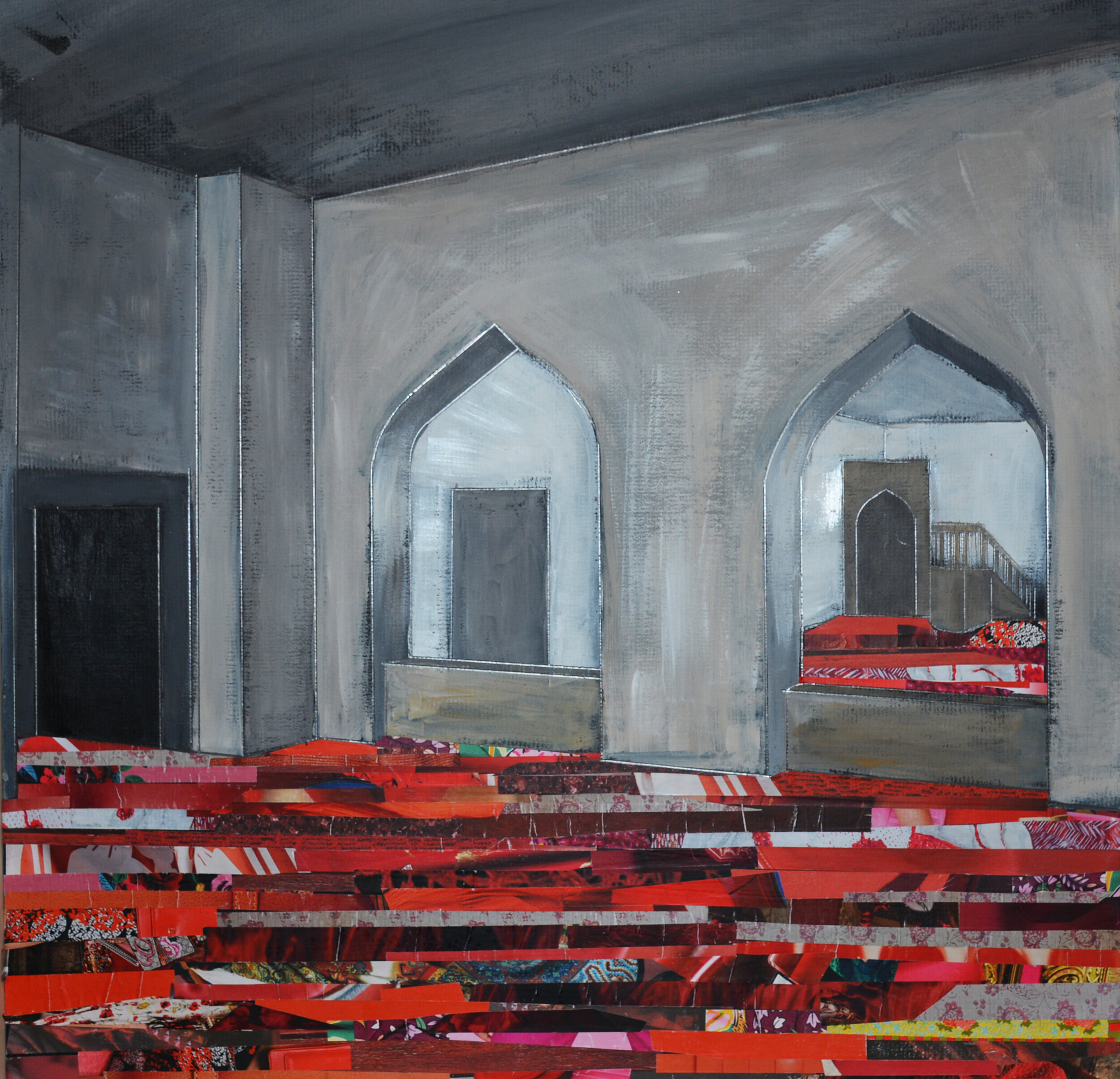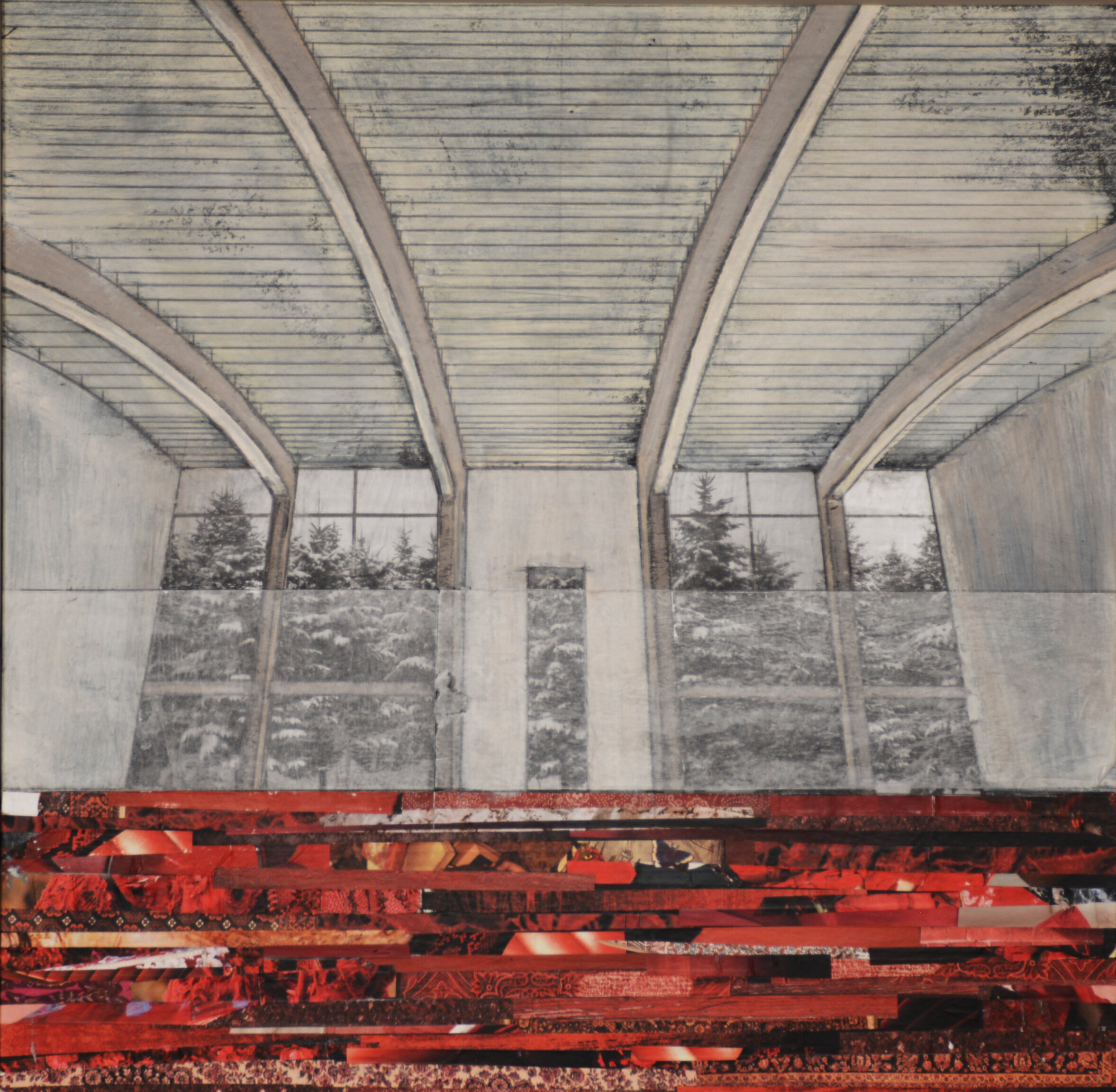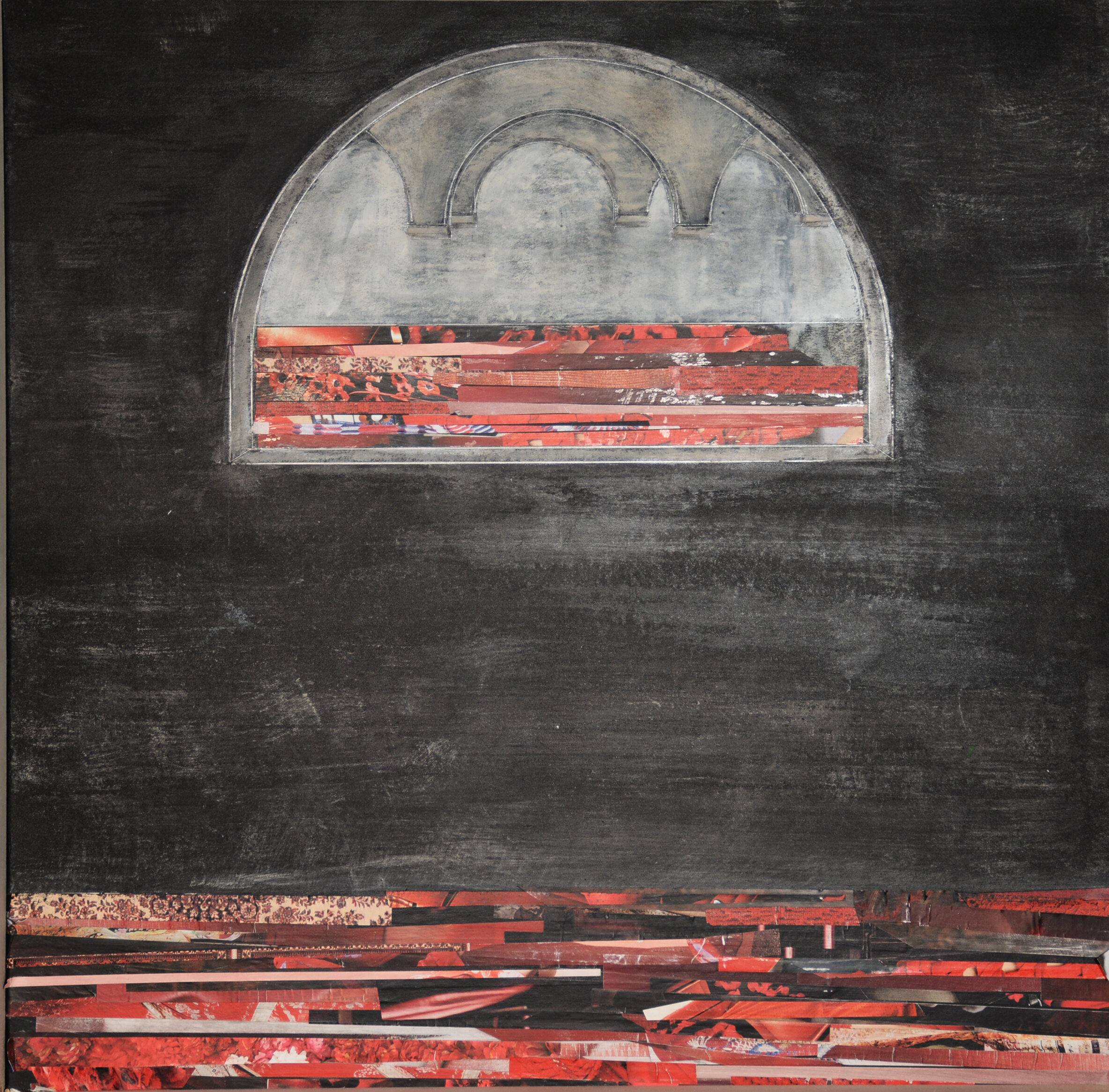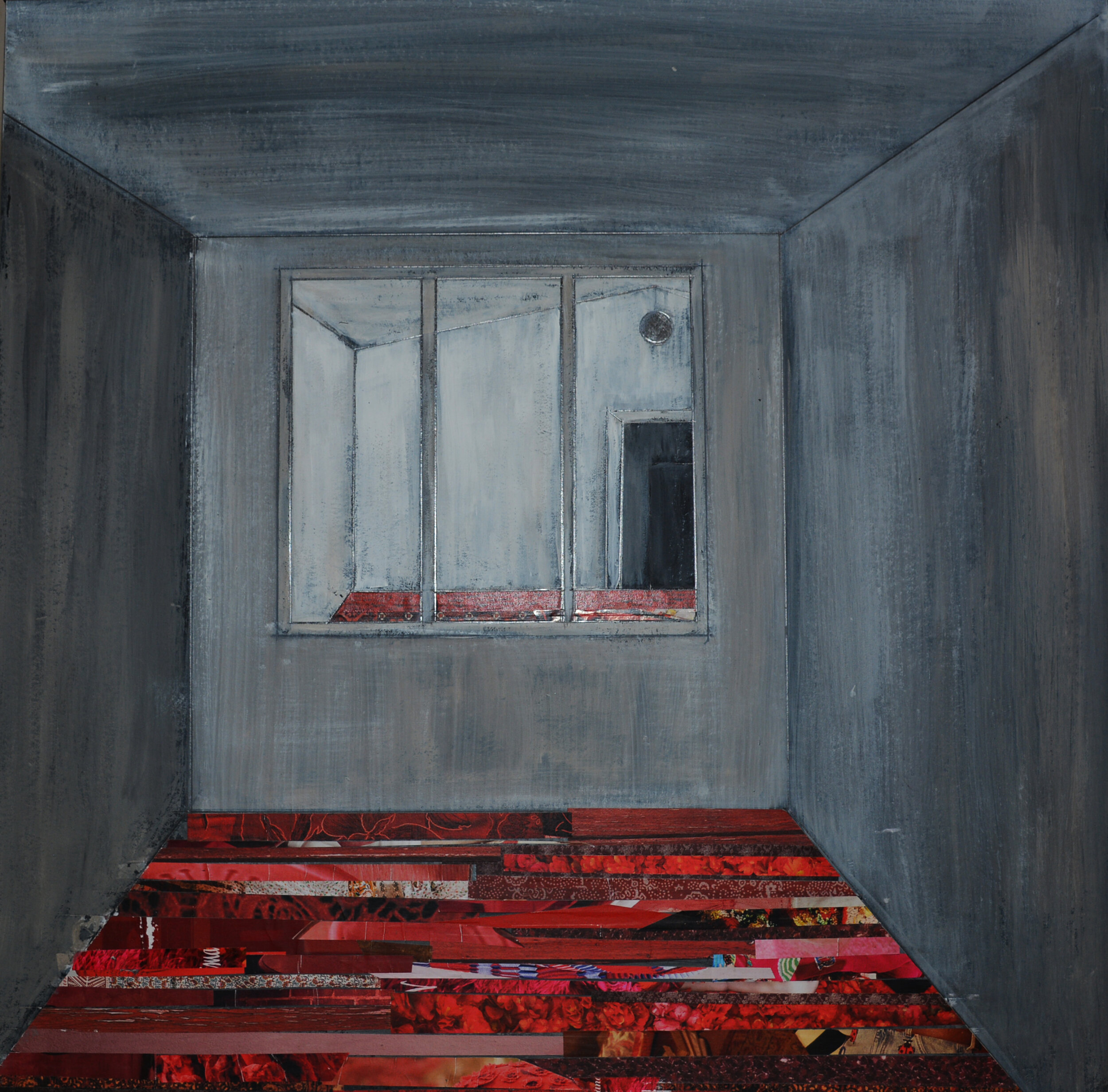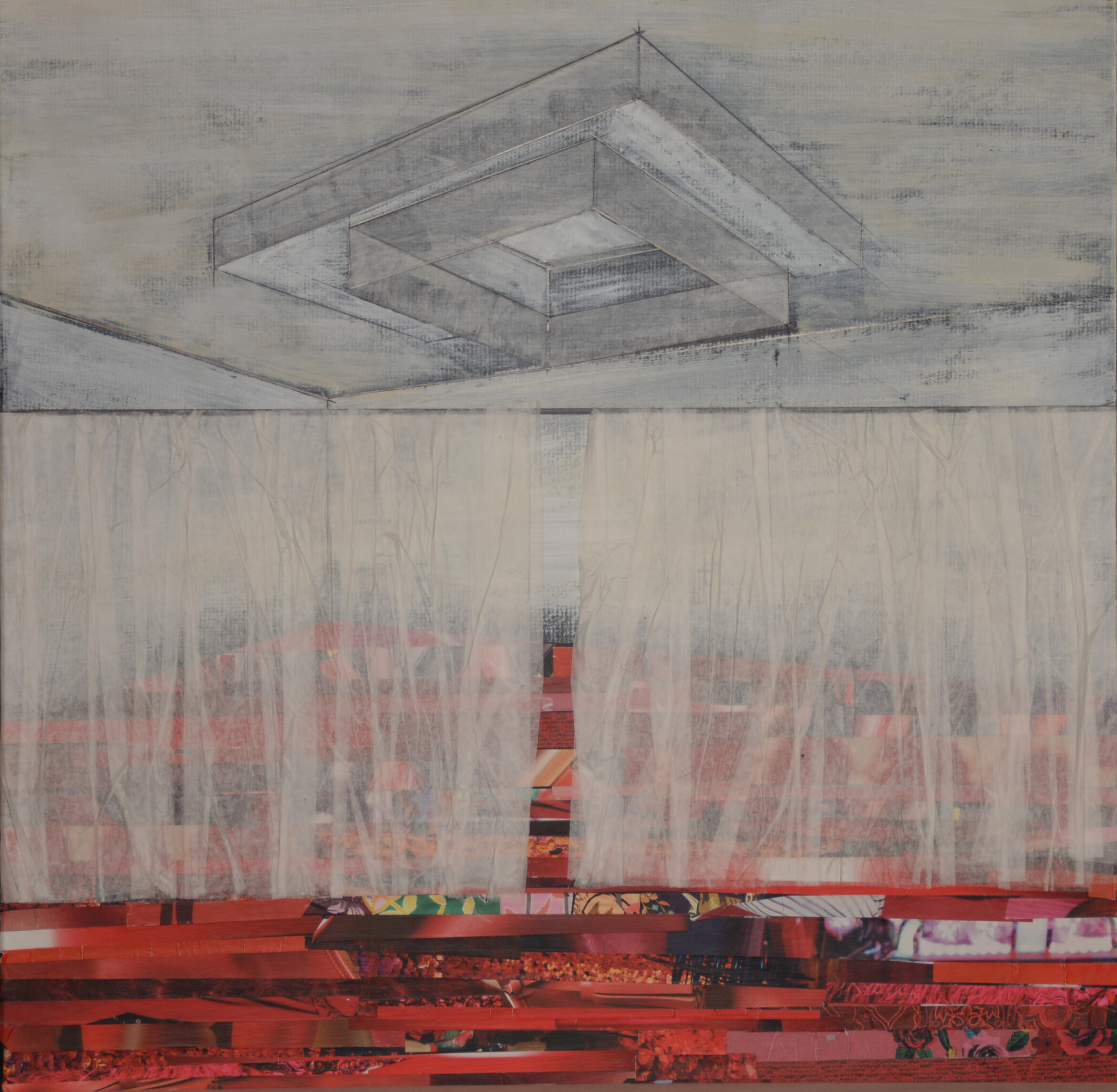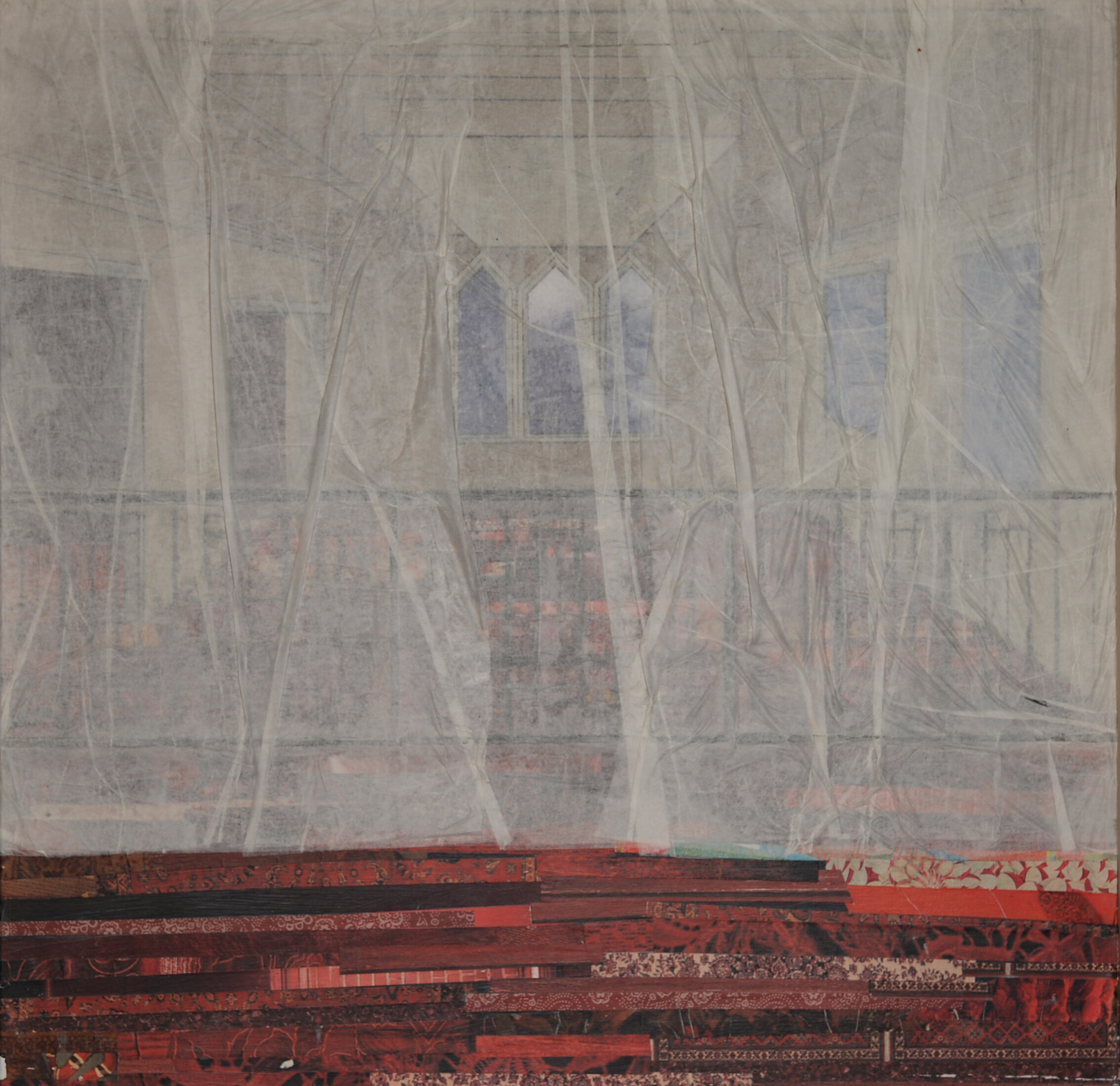Reflections on Art and Design Panel
Three thinkers on the leading edge of arts and design in Canada share their insights as Muslim women in the field as part of a fascinating webinar on March 22, 2021.
Participating in this special event in celebration of International Women’s Day 2021 are:
Dr. Tammy Gaber, associate professor of architecture, Laurentian University
Timaj Garad, multidisciplinary storyteller, arts educator, and creative consultant
Dr. Nadia Kurd, curator, University of Alberta Museums Art Collection
This wide-ranging panel conversation will stream on the Museum’s YouTube channel at 12 pm ET. You can also view it here
Reflections on Art and Design: Canadian Muslim Women’s Perspectives is presented by the Aga Khan Museum, the Canadian Council of Muslim Women, and the Global Centre for Pluralism.
An interview with Faye Hamdon conducted by Dr. Nadia Kurd. This video is part of an upcoming Edmonton City as Museum Project story.
Images from the article “Committed to Community: Hilwie Hamdon and The Muslim Ladies’ Association of Edmonton” by Dr. Nadia Kurd
Room Sometimes with a View:
Collage as a Mode of Examination of Gendered Spaces
by Dr. Tammy Gaber, Associate Professor, McEwen School of Architecture
While working on an extensive survey of mosques in the country, using academic and analytical tools to gather material first hand including interviews, photography and data I find myself struggling to express my frustrated critique of many of the hierarchal spaces I am encountering. My neutral position as an architectural researcher has granted me access to spaces that my gender would normally bar me from.
As a student and a designer, I used collage as a mode of representation. This is my first time using collage as a mode of research, and I have found it to be open, allowing for specific and abstract readings. I am using collage as a process to examine the material, separate from closed ‘real’ representations of space and as a method to question the relationship of gender and architecture. For every mosque I have visited, I have had intense reactions, not just of the specificity of the space but of memories of dozens of spaces like it that I have been in, separated in, veiled in, hidden in, reflected in and sometimes, included in. These reactions are translated through the physical act of making, requiring a different mode of engagement with the architecture.
These explorations, in the form of 20”x20”x3/4” collaged panels, are now a library of responses to the inconsistent variety of gendered mosques. Each panel is from a specific place, with drafted details, but surfaces are abstracted in finish, walls and ceilings are outlined, windows and openings define light, partitions create divisions and the floor, the floor is charged – it is the surface of prayer and the surface of contention.
In mosques, the prayer rug oriented to Mecca is all the furniture a Muslim needs. In all of the panels, the floor is red, seemingly woven and is fabricated with collaged strips from women’s magazines – cut up from the red portions of furnishings, accessories, clothing and lips.
These collages layer magazine images for the floor and materials such as medium, paint, graphite and ink are used to represent the architecture. Spatial divisions demarcating gendering is represented with the analogous use of materials such as folded tracing paper representing translucent curtains veiling space, medium-soaked paper to represent translucent glass barriers, thin layers of perforated wood representing the perforated wall and silver-leaf to represent the haunting and disconnected sensation of mirrored surfaces used to separate women from men.
The original, main space is drawn and painted first. The main space is a misnomer; it is actually the men’s space. The women’s space is then, using accurate perspectival drawing from the appropriate vantage, drawn in relation to this main space. Sometimes that means covering up portions of the original collage with materials to represent the gendering of space.
What remains in view from the room allocated to women, is the gendered glimpse.





